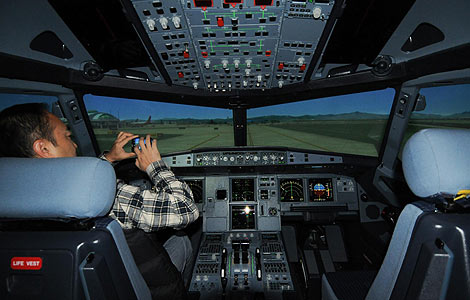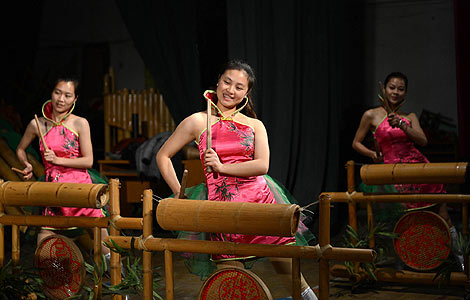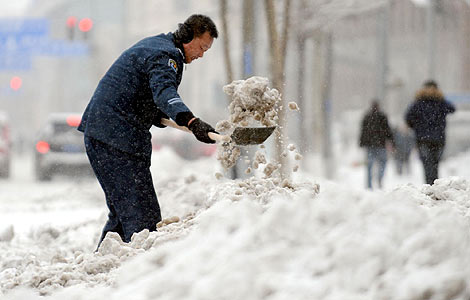
Only one-sixth of the medical students graduating each year become doctors, which is causing a shortage of general physicians, the China Youth Daily reported on Aug 13.
“The country nurtures about 600,000 medical students every year, but according to what I know, only about 100,000 of them become medical service providers,” said Li Ling, professor at the National School of Development, Peking University.
Among the students who become doctors, even fewer become general physicians.
China has about 78,000 registered general practitioners, which means there is less than one general physician for every 10,000 people.
The central government plans to increase the number to 150,000 by 2015, and hopes that by 2020, there are two to three qualified general physicians for every 10,000 people.
A lack of qualified general physicians has decreased the quality of medical service centers in both urban and rural communities, and helped lead to the excessive workloads of top public hospitals.
The shortage is causing an even more serious situation in rural areas, where instead of top public hospitals in far-away urban communities, people are in need of less expensive, but adequate, medical service in their neighborhoods.
In 2010, the National Development and Reform Commission approved a three-year plan to help medical service centers in rural areas by educating medical students they want to recruit for free.
In May, the Ministry of Education launched the Plan to Nurture Excellent Doctors, where vocational medical schools offer another two years of training to their students after they spend three years getting a vocational degree, in order to turn them into general physicians able to provide service in rural medical centers.
However, the grassroots medical centers don’t attract as many doctors as hospitals do.
“People in charge of the medical reform should design a special career path for grassroots medical workers, where they can get promoted, have regular training programs and better pay,” Li said.
According to the Ministry of Education, the central government increased its investment in medical education by raising the money spent on every medical student from 7,100 yuan ($1,100) to 11,500 yuan in 2008. It again increased the amount in 2011 to 14,000 yuan per student.
“We spend a lot money to nurture medical students whose professional knowledge and skills vary greatly from one to another, and 500,000 of those students choose other careers,” Li said.
“Why not focus on talented students and educate them to become doctors who are highly professional and are happy to devote themselves?” he added.







